How to use an air purifier – expert tips to help you get the most from your device
Learn how to use an air purifier to get the best results and put a stop to the symptoms of poor air quality and hay fever before they even begin


Have you ever wondered if you actually know how to use an air purifier? It's much more common to own an air purifier now and, on the surface, they appear relatively simple to operate. However, if you're simply plugging it in and hoping for the best, you might not be using your purifier most effectively, nor exploring its full potential.
The best air purifiers are a practical solution to combat poor air quality, and they may be set to be a future essential for every home. ‘Clean air helps to promote deep sleep, and people who live in areas with higher levels of air pollution are 60% more likely to sleep poorly than those living in areas with cleaner air,’ says Daniel Johansson, Chief Technology Officer at Blueair. Studies also show that better air quality can also improve productivity and general wellbeing.
The right kind of air purifiers with a high clean air delivery rate (CADR) can make a useful contribution to reducing the concentration of virus particles in a room, including a notable airborne virus we’ve become intimately acquainted within recent years.
And that's before we even get onto allergies. Whether you’ve got hay fever, asthma, or any other kind of ailment that might be affected by air quality, the problem is that by the time your symptoms flare up, it’s already too late for an air purifier to save you.
But what if you could adopt one more seamlessly into your home’s smart system to tackle air quality problems before you feel their effects? Here’s our expert guide on how to get the best from your air purifier, and how to automate it as part of a smart home
9 expert tips on how to use an air purifier
1. Keep windows closed

You should keep windows closed to reap the most air purifier benefits, as these devices work most efficiently in a sealed environment. 'Though indoor environments can readily trap outdoor pollution and viruses, opening a window to increase ventilation means poor air quality from outdoors can come inside,' explains David Hill, a design engineer at Dyson. 'This is especially the case if your home is in a city location with high traffic flow or at times of the year where there may be high pollen levels.'
Having an open window can also mean that your purifier will take longer to work. What’s more, opening windows will impact the temperature of a room, affecting the comfort levels.
2. Leave your air purifier on all day
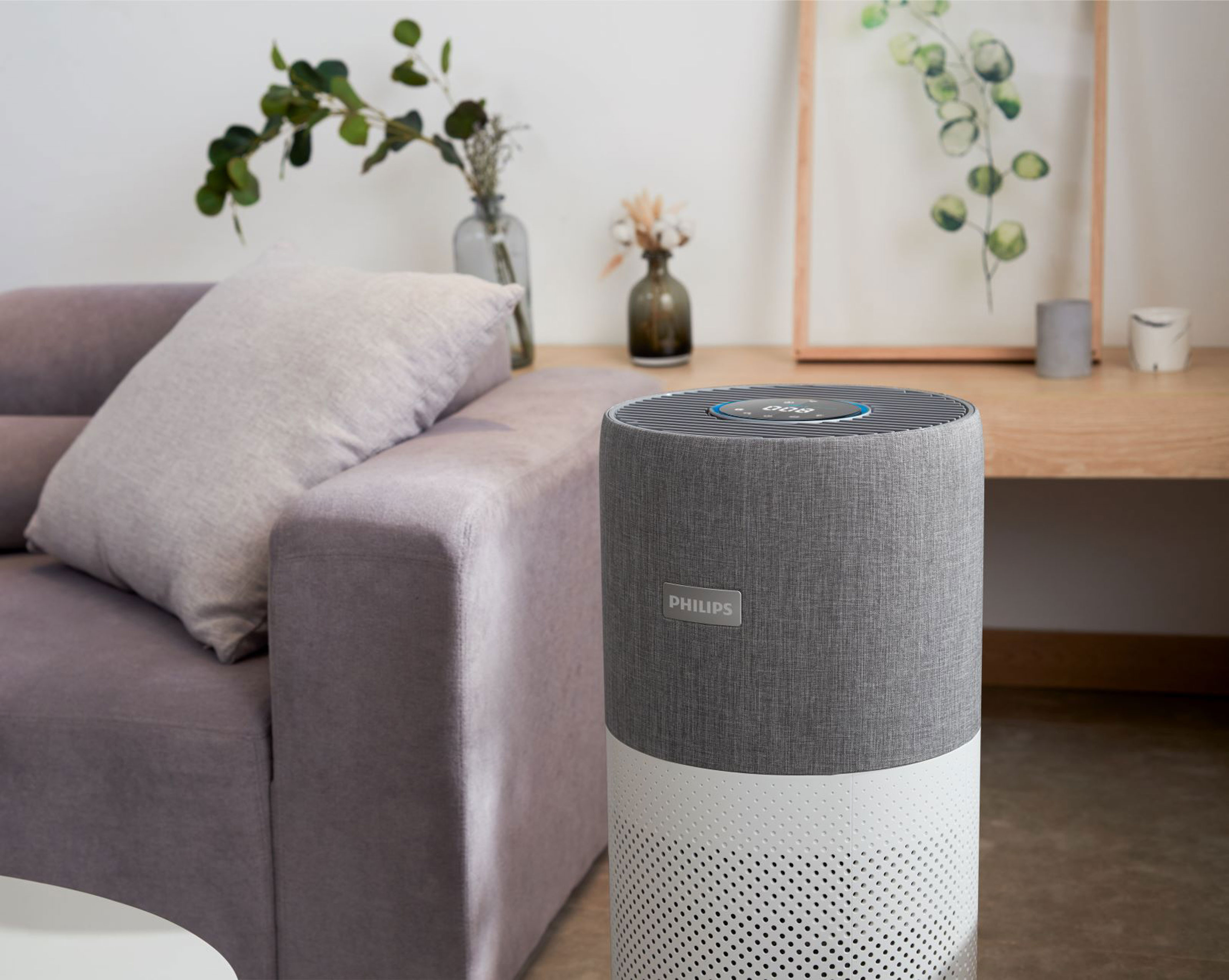
Many air purifiers do their best work when left switched on all day. Choose a device with an auto mode that ensures the purifier changes its output depending on what’s going on in your home.
‘Your purifier’s auto mode is designed to manage the air quality in your home without you having to operate the machine,’ explains David, ‘so it’s only on when it needs to be. Auto mode will help allergy sufferers stay on top of allergens in their home, whatever the season.’
3. Use a purifier year round
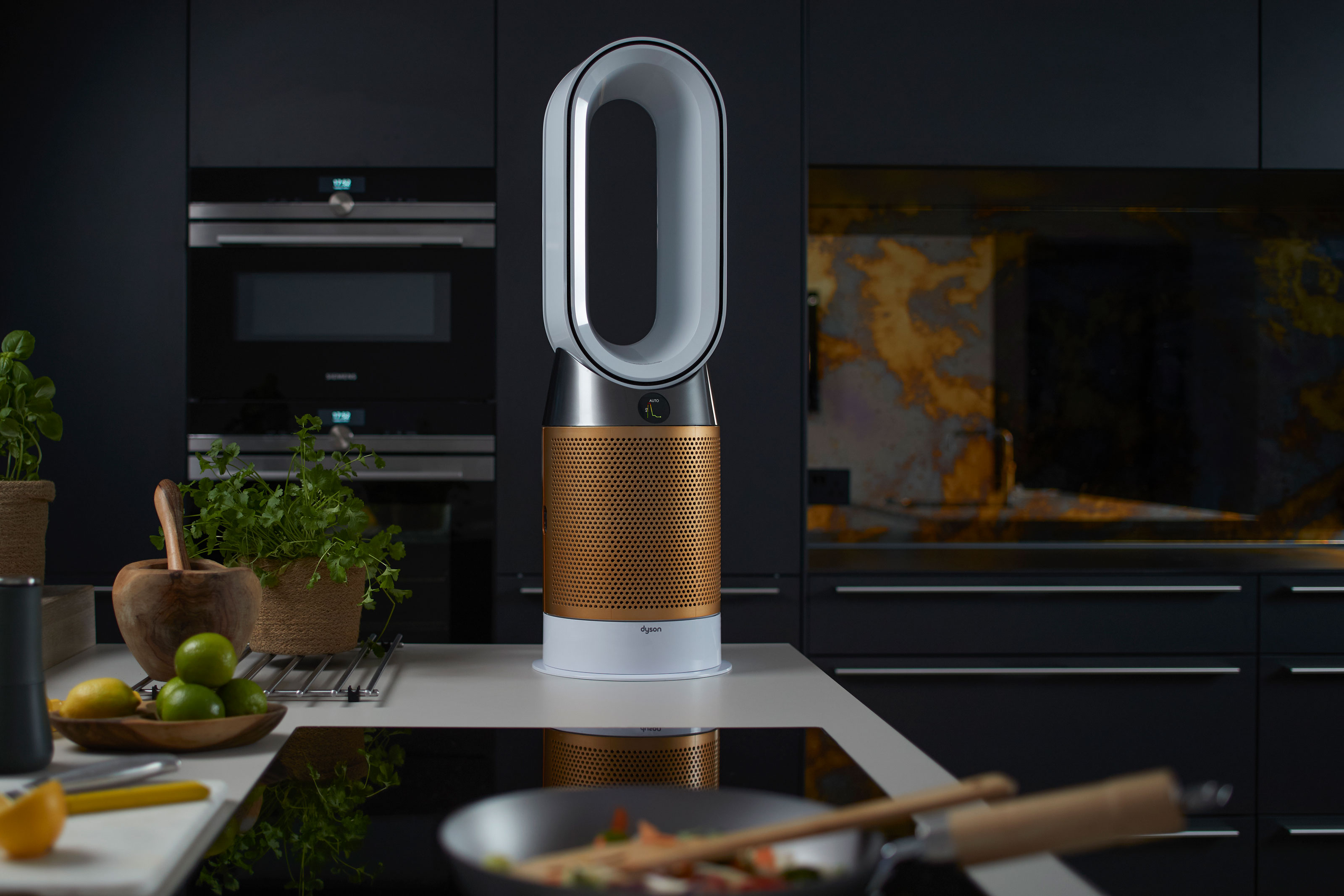
It won’t be a surprise to you that every season is allergy season if your sniffing, and sneezing never seems to end. The onset of your stuffy nose, watery eyes, and fatigue could come at any time of year, depending on what you’re allergic to and where you live.
'Cooking or lighting a candle or fire can also release harmful elements into the air from combustion, while VOCs are emitted from common household items like cleaning and beauty products,' explains Daniel Johansson.
Formaldehyde is a lesser-known pollutant but is prominent in indoor environments and can off-gas over time. Sources include non-eco paints, wallpapers, foam insulation, and new furniture. It can be removed by air purifiers like Dyson's Humidify+Cool Formaldehyde air purifier from Best Buy.
4. Position your air purifier in the right spot
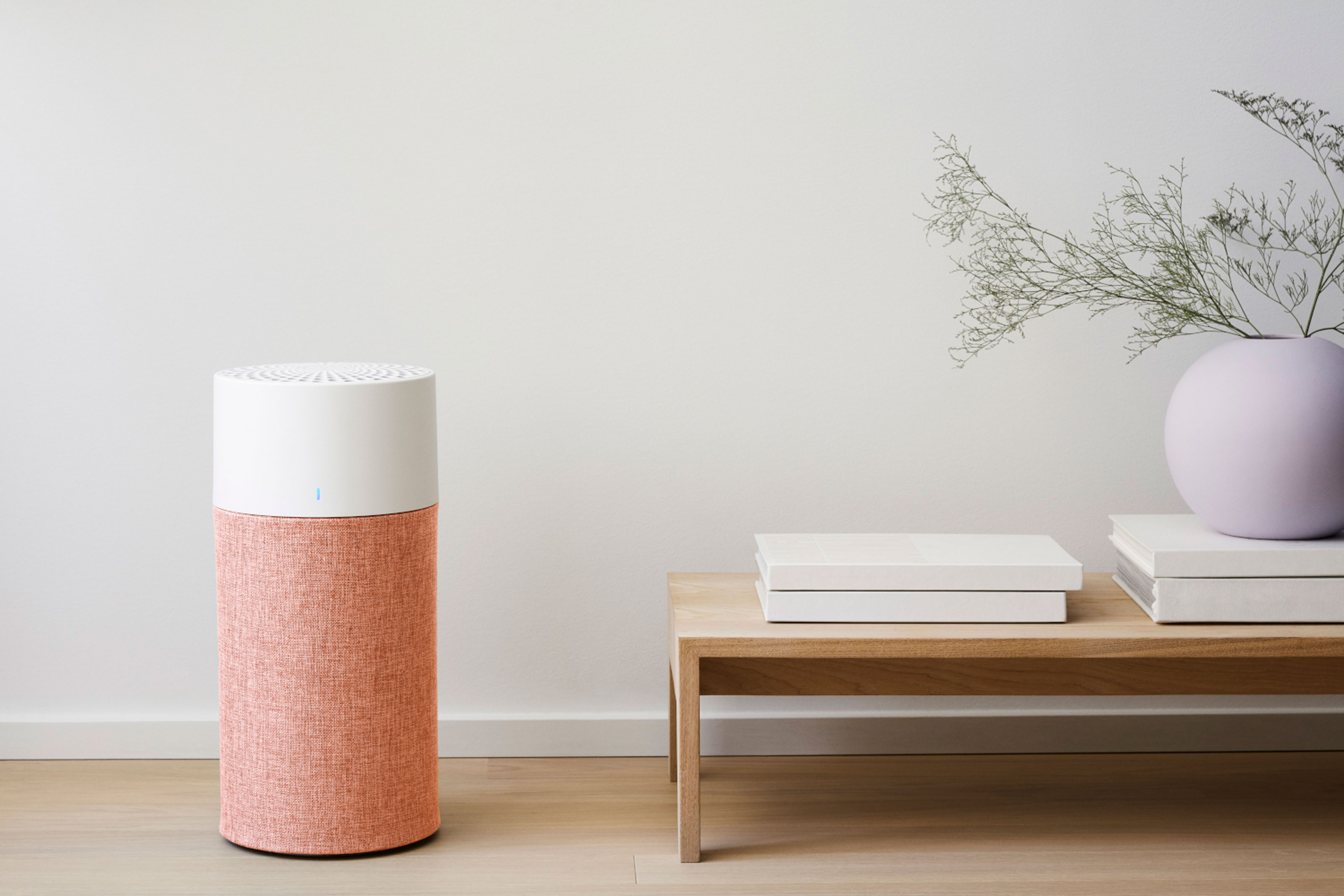
Purifiers only filter one room, so you should use it where you spend the majority of your time at home. When positioning the machine, make sure there are at least a few feet of clearance on all sides so that the air can circulate effectively. An air purifier should also be considered among the best sleep gadgets, especially as you spend a major portion of your 24 hours in the bedroom.
You might want to opt for an area where the air quality is worst in your home - this could be an area with smoke and vapors such as the kitchen, or any areas where you have problems with mold.
Raising a purifier off the ground by several feet will also help it perform more efficiently.
5. Replace your filter
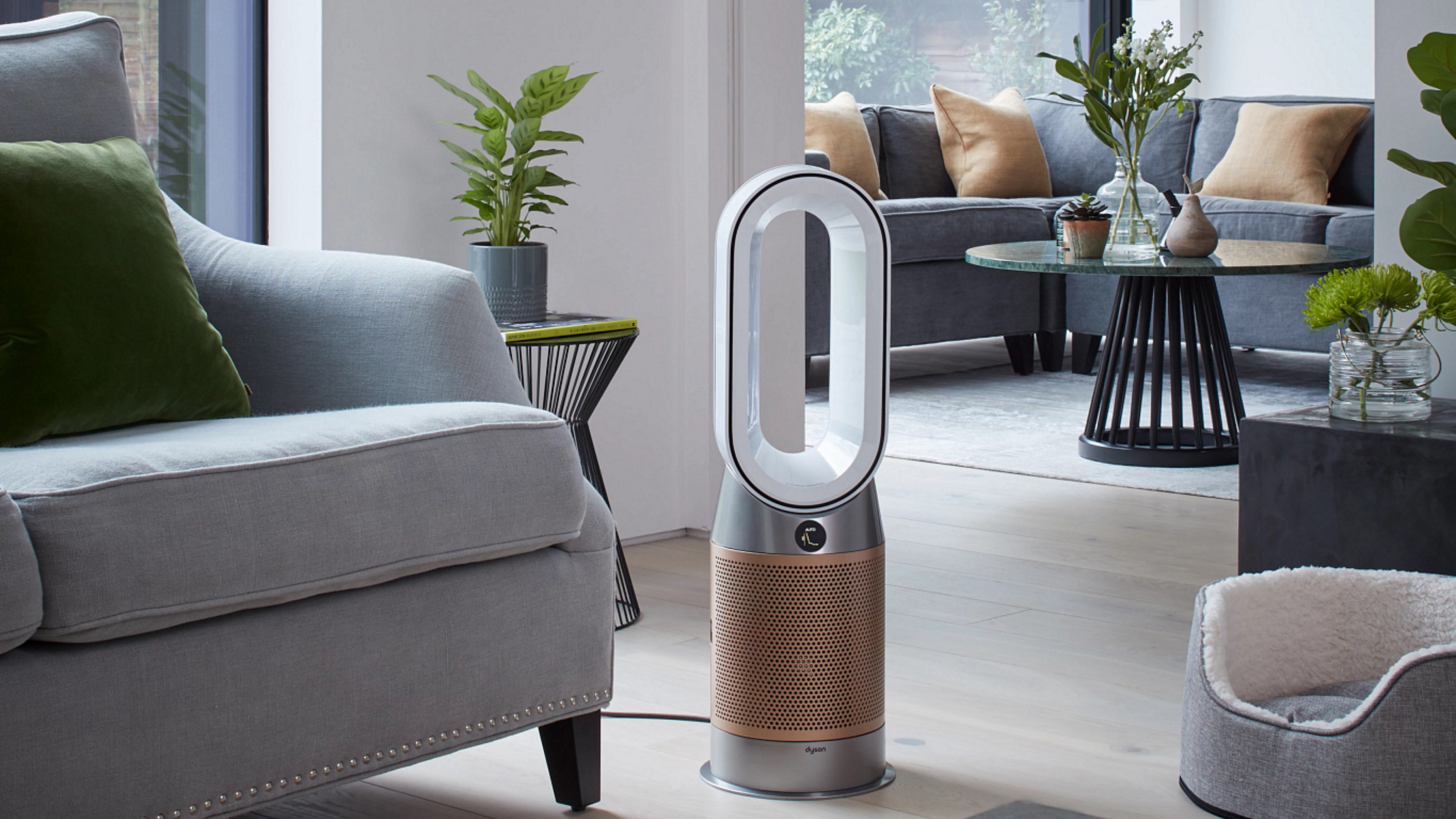
'Replace your filter when recommended to ensure optimum performance,' says Dyson design engineer David Hill. 'On Dyson connected purifiers, you can check the status of your current filter using the LCD screen or the Dyson Link app.'
Learning how to clean your air purifier and filter is an important task, as while your purifier might seem to still operate fine without this maintenance, it won't be as effective in cleaning the air in your home.
6. Schedule a daily routine
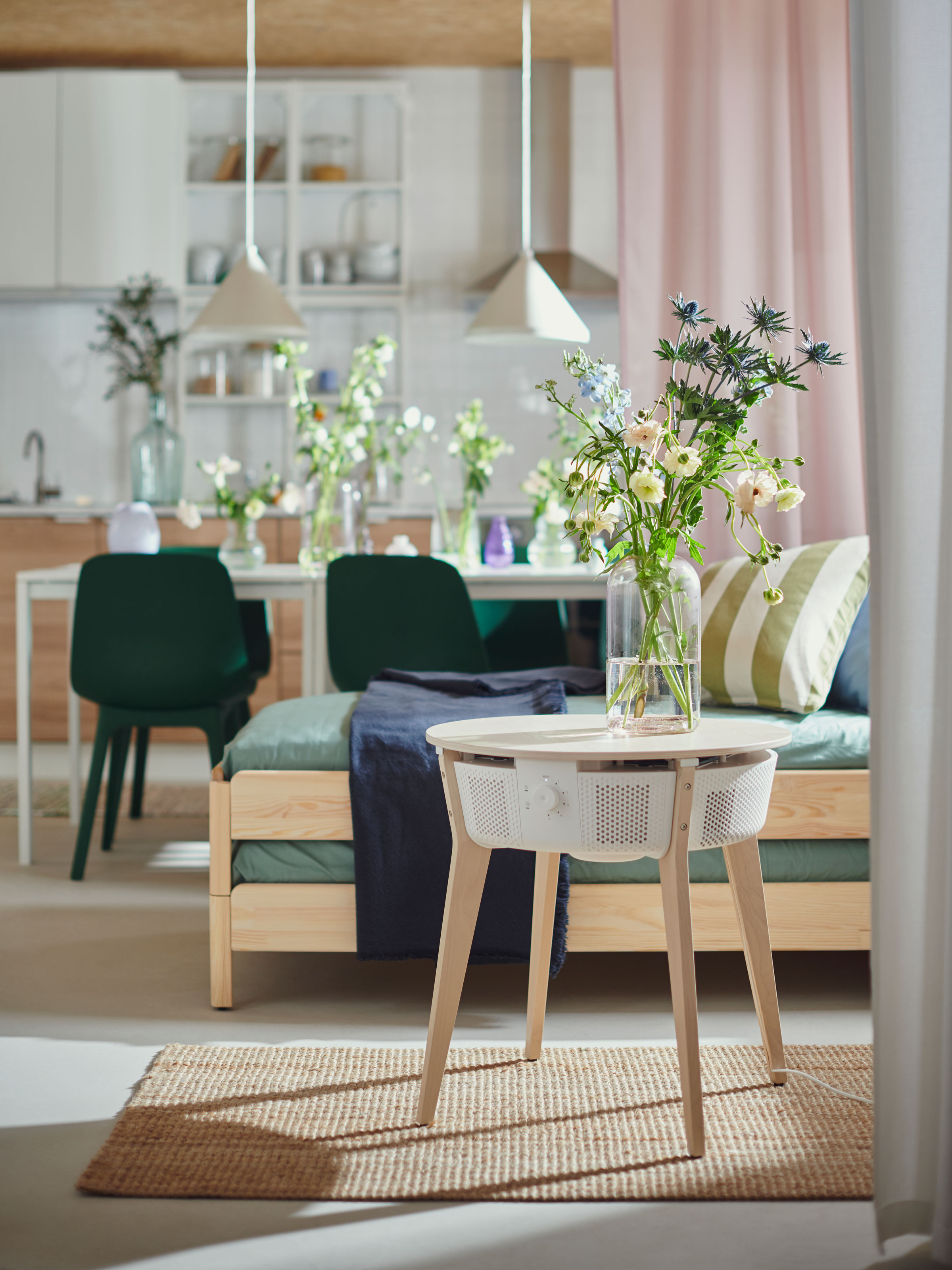
The ability to control your purifier by app isn’t just the preserve of top-of-the-range devices anymore, meaning you can turn air purifiers of all price ranges on and off remotely, and often schedule them too as part of an automated home.
The Starkvind air purifier from IKEA, for example, which retails for just $259, can be controlled through the brand’s Smart Home App when combined with their proprietary gateway hub, and has options for scheduling the purifier just as you would your smart heating.
Scheduling your air purifier like your heating is a good place to start if you’re reluctant to leave it running 24/7. Plan for it to run when people are likely to be in the house, as well as just before they arrive home, as well as in a bedroom during the night, though on a quieter setting.
7. Use an air purifier with a smart plug
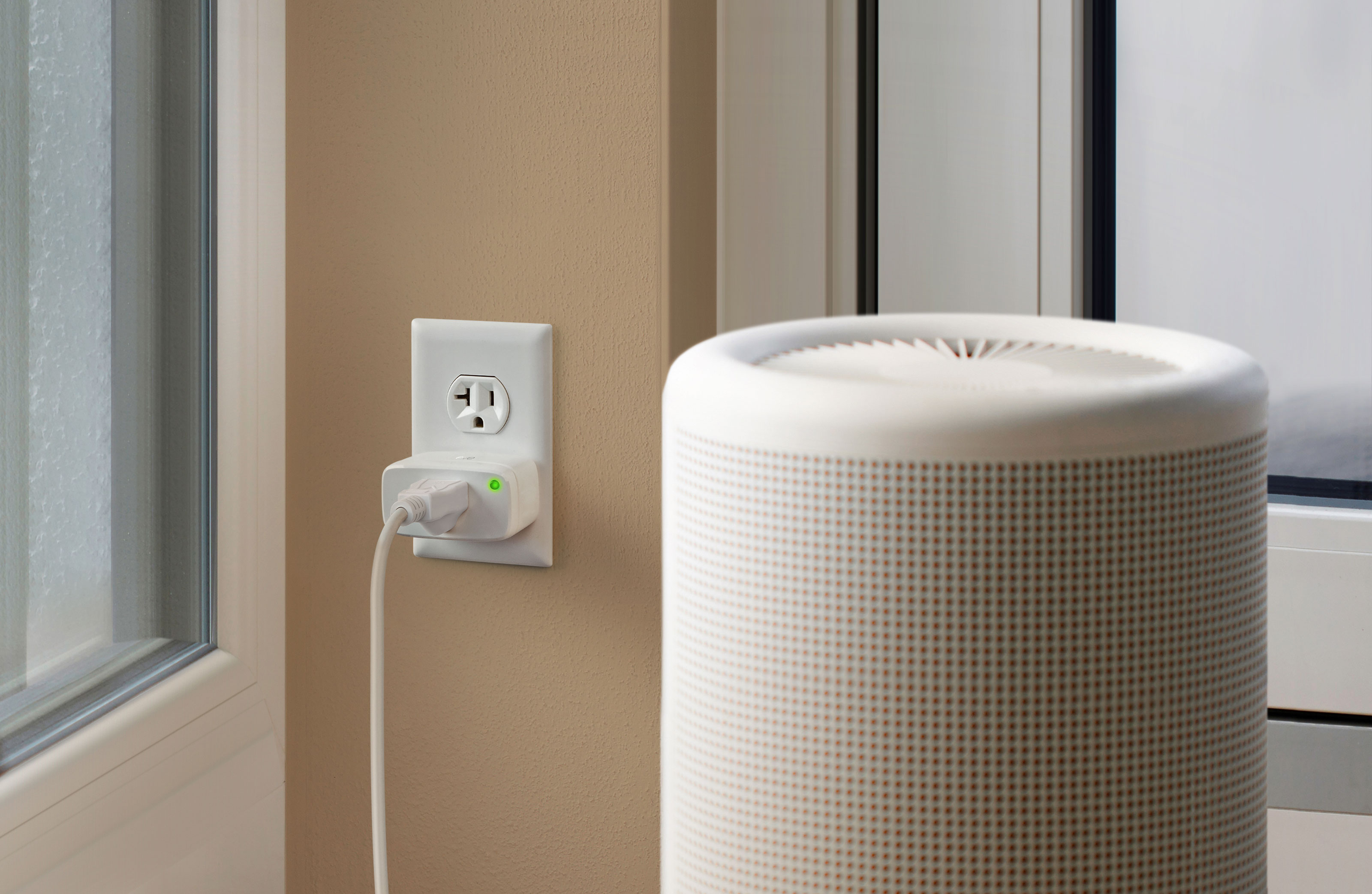
While there might be a million and one uses for smart plugs to automate your smart home, they’re not always the best fit for an air purifier. Only certain models will work with them – and on the smart home IQ scale, these tend to be ‘dumber’ devices with single settings.
The way to tell if a smart plug is an option for you is to check whether the purifier turns on automatically when you plug them into the wall, as even the best smart plug can only feed electricity to the device, not actually switch it on. If you can find one that works, smart plugs make the automating process easy, as they tend to be compatible with a variety of smart home assistants.
8. Try out geo-fencing technology
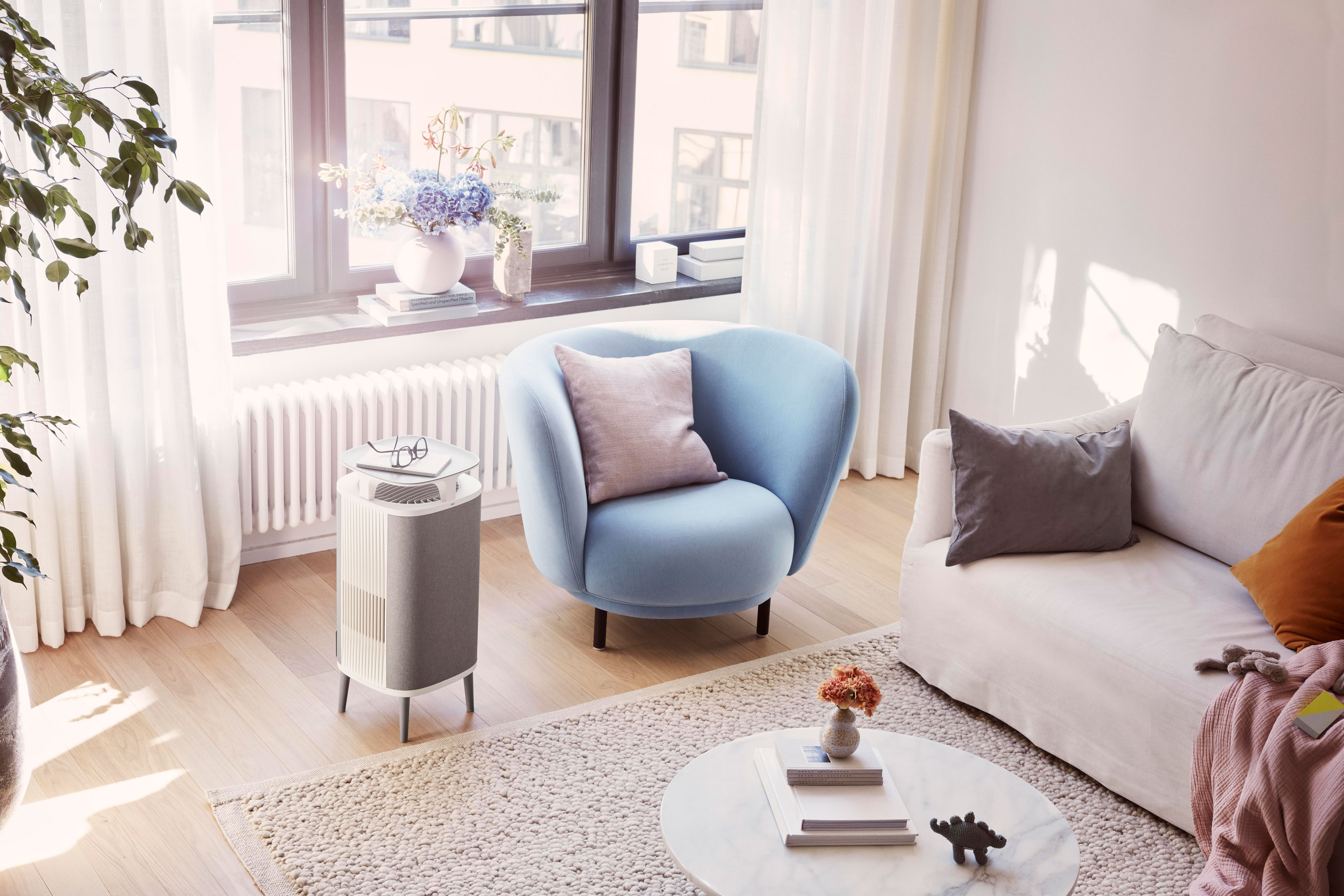
'Some purifiers, like Blueair’s HealthProtect and DustMagnet models, don’t even need programming to benefit from the smart home treatment. These models have a Welcome Home feature, which uses geofencing technology based on your location to turn the purifier on and off.'
‘Basically, your air purifier goes into standby mode when you leave your home and turns back on as you approach home,’ explains Blueair’s Daniel Johansson, ‘ensuring your home is filled with clean air when you arrive.’
9. Set up an IFTTT applet
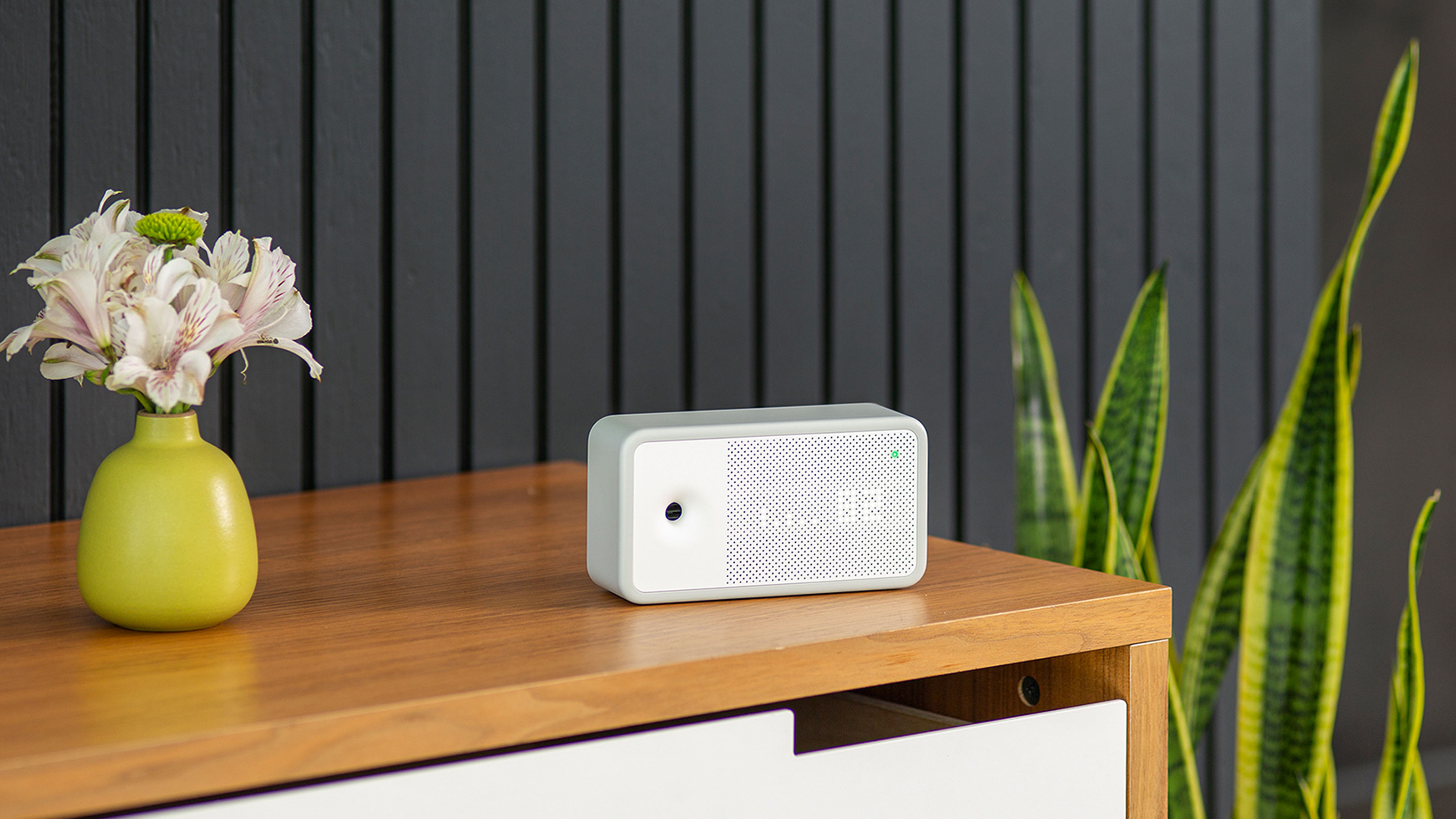
It’s also possible to automate your air purifying system using a separate monitor, meaning that if the indoor air quality worsens, you have better control over its output than simply using the auto mode.
Using an IFTTT (If This Then That) applet allows you to set up relationships between different smart devices, meaning that if an air quality monitor picks up a reading past a predetermined limit, it will ask your air purifier to step it up a gear. Samsung’s SmartThings system is IFTTT compatible, meaning its purifier can be connected to the applet, while an air quality monitor like the Awair Elements from Amazon can be used as a trigger for this routine
Should I sleep with an air purifier on?
'Since we spend around a third of our lives sleeping it is important to place an air purifier in the bedroom to ensure we experience the full effects of what an air purifier can offer,' says BlueAir's Chief Technology Officer Daniel Johansson.
With this in mind, it's important to make sure that you choose an air purifier for a bedroom that's quiet. 'Noise levels, measured in decibels (dB), can vary widely depending on various factors, including the setting, energy efficiency, type of technology, filter, and sound insulation,' explains Daniel.
Most specifications will give you an indication of the decibel level of the device, but this is often limited to the highest range. What's more useful for a purifier when sleeping is the noise level on the lowest setting as this is the setting it will be most of the time while you are sleeping. Ask the retailer or look online for a manual for the air purifier in question to make sure you get the quietest, most efficient model you can.
Be The First To Know
The Livingetc newsletters are your inside source for what’s shaping interiors now - and what’s next. Discover trend forecasts, smart style ideas, and curated shopping inspiration that brings design to life. Subscribe today and stay ahead of the curve.

Hugh is Livingetc.com’s editor. With 8 years in the interiors industry under his belt, he has the nose for what people want to know about re-decorating their homes. He prides himself as an expert trend forecaster, visiting design fairs, showrooms and keeping an eye out for emerging designers to hone his eye. He joined Livingetc back in 2022 as a content editor, as a long-time reader of the print magazine, before becoming its online editor. Hugh has previously spent time as an editor for a kitchen and bathroom magazine, and has written for “hands-on” home brands such as Homebuilding & Renovating and Grand Designs magazine, so his knowledge of what it takes to create a home goes beyond the surface, too. Though not a trained interior designer, Hugh has cut his design teeth by managing several major interior design projects to date, each for private clients. He's also a keen DIYer — he's done everything from laying his own patio and building an integrated cooker hood from scratch, to undertaking plenty of creative IKEA hacks to help achieve the luxurious look he loves in design, when his budget doesn't always stretch that far.
-
 Burl Wood Decor Is 2025’s Most Coveted Comeback — Here’s How to Get the Storied Swirls for Less
Burl Wood Decor Is 2025’s Most Coveted Comeback — Here’s How to Get the Storied Swirls for LessIrregularity is the ultimate luxury, but you don’t need an antiques dealer to find it
By Julia Demer Published
-
 5 Garden Features That Instantly Add Value to Your Home — While Making Your Outdoor Space More Practical, too
5 Garden Features That Instantly Add Value to Your Home — While Making Your Outdoor Space More Practical, tooGet to know all the expert tips and tricks for making your backyard a standout selling point for your home.
By Maya Glantz Published
-
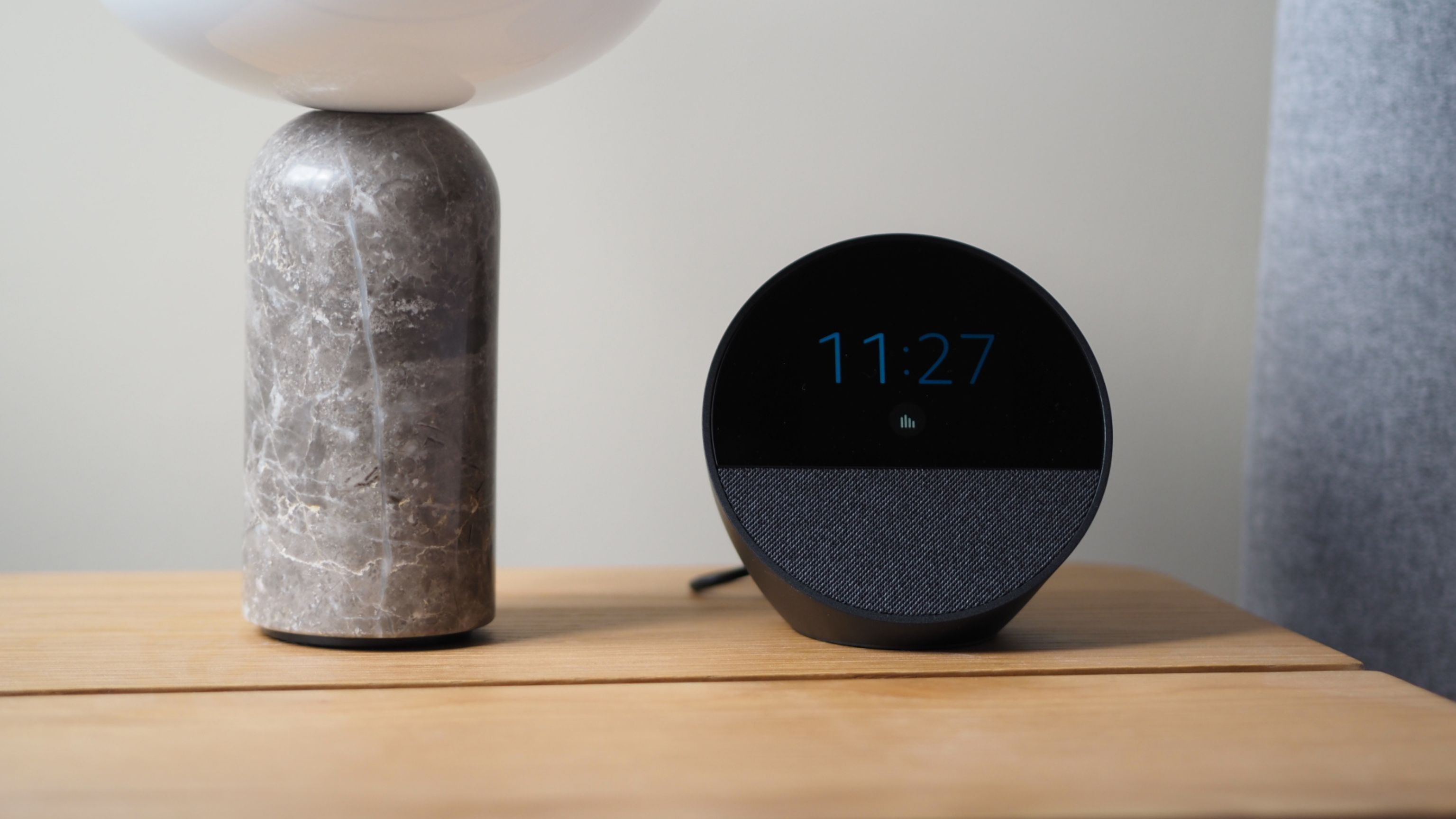 Amazon's New Echo Spot Is Its Best Looking Smart Speaker With a Screen — And It's Almost Half Price Right Now
Amazon's New Echo Spot Is Its Best Looking Smart Speaker With a Screen — And It's Almost Half Price Right NowThe newest design of this Alexa-enabled device fits into your home more naturally than many of its predecessors
By Hugh Metcalf Published
-
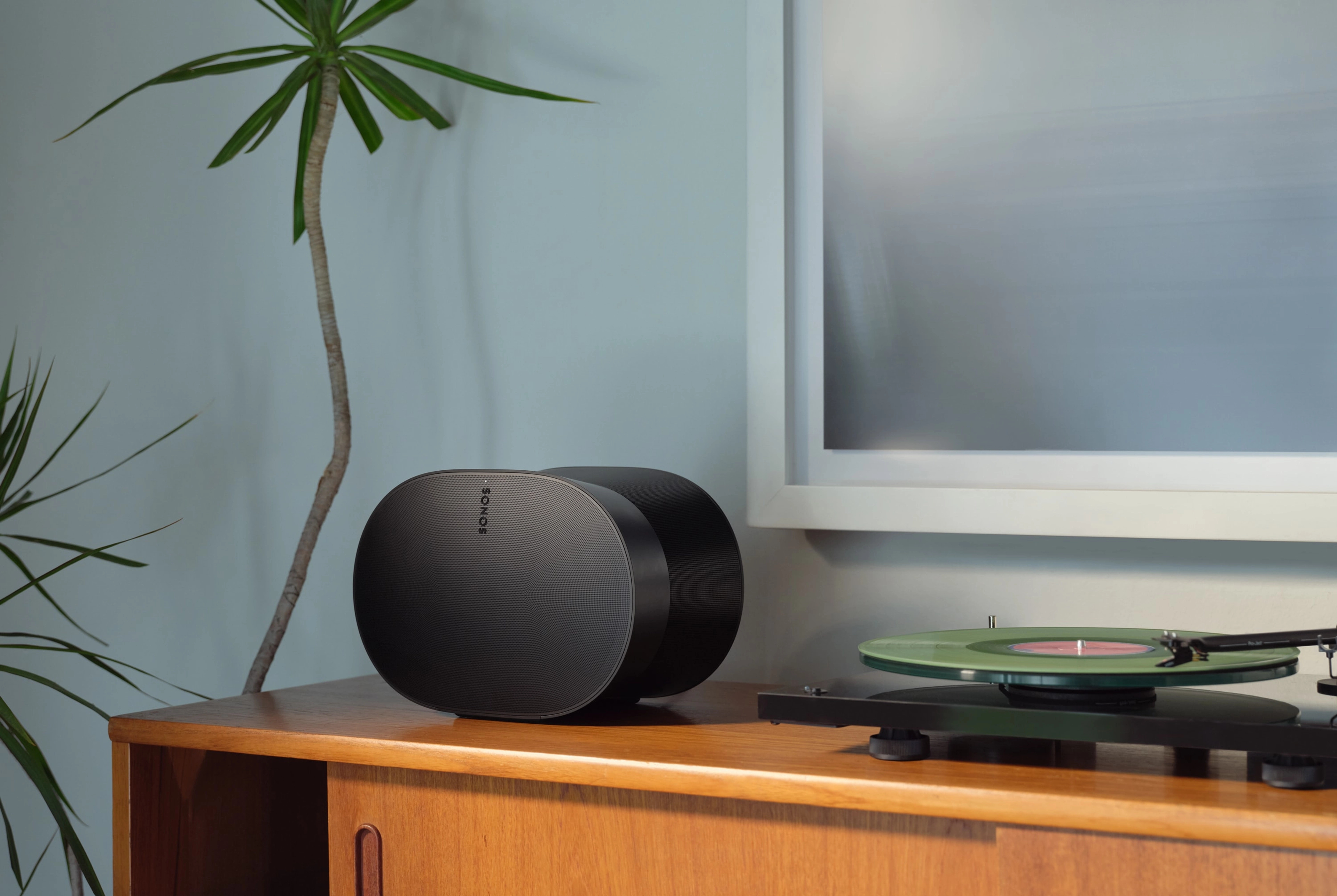 Sonos' Era 300 Speaker is Changing How You Listen to Music — Here's How it Works
Sonos' Era 300 Speaker is Changing How You Listen to Music — Here's How it WorksSpatial audio puts you in the middle of the action for both movies and music. Here’s how the Sonos Era 300 takes advantage.
By Alan Martin Published
-
 9 Ways Designers are Displaying TVs in 2024, and What They’re No Longer Doing — "Living Rooms Look So Much Better"
9 Ways Designers are Displaying TVs in 2024, and What They’re No Longer Doing — "Living Rooms Look So Much Better"From recessed niches and sliding panels to customized cabinets and gallery walls, discover design-led ways to prevent your TV from overpowering your space
By Tessa Pearson Published
-
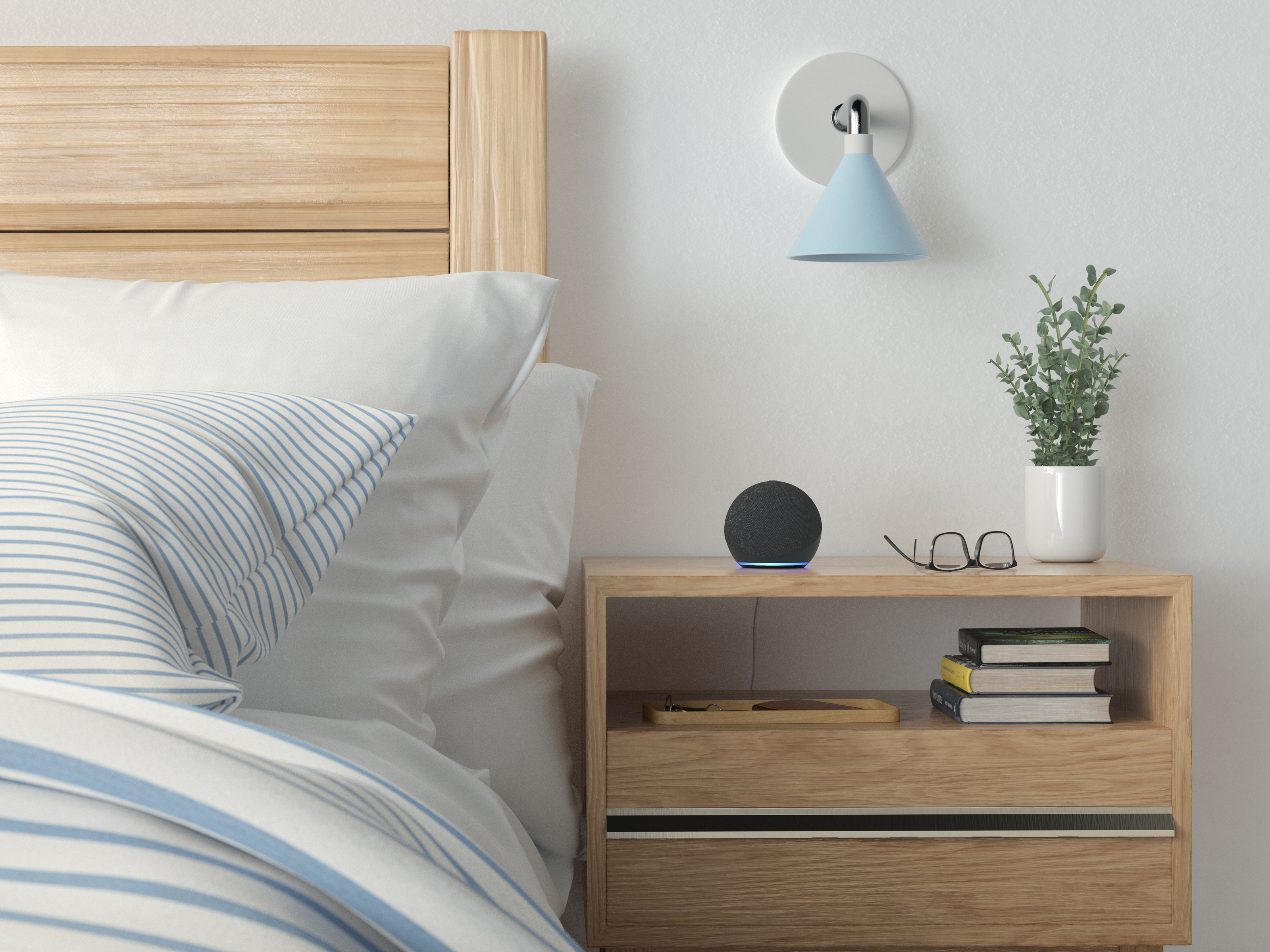 5 Clever Ways you can use Your Amazon Alexa Devices to Help you Sleep Better — 'They Revolutionize Your Night Time Routine!'
5 Clever Ways you can use Your Amazon Alexa Devices to Help you Sleep Better — 'They Revolutionize Your Night Time Routine!'If you don't have an Amazon Echo device in your bedroom yet, you'll definitely want to after learning about these genius functions
By Lilith Hudson Published
-
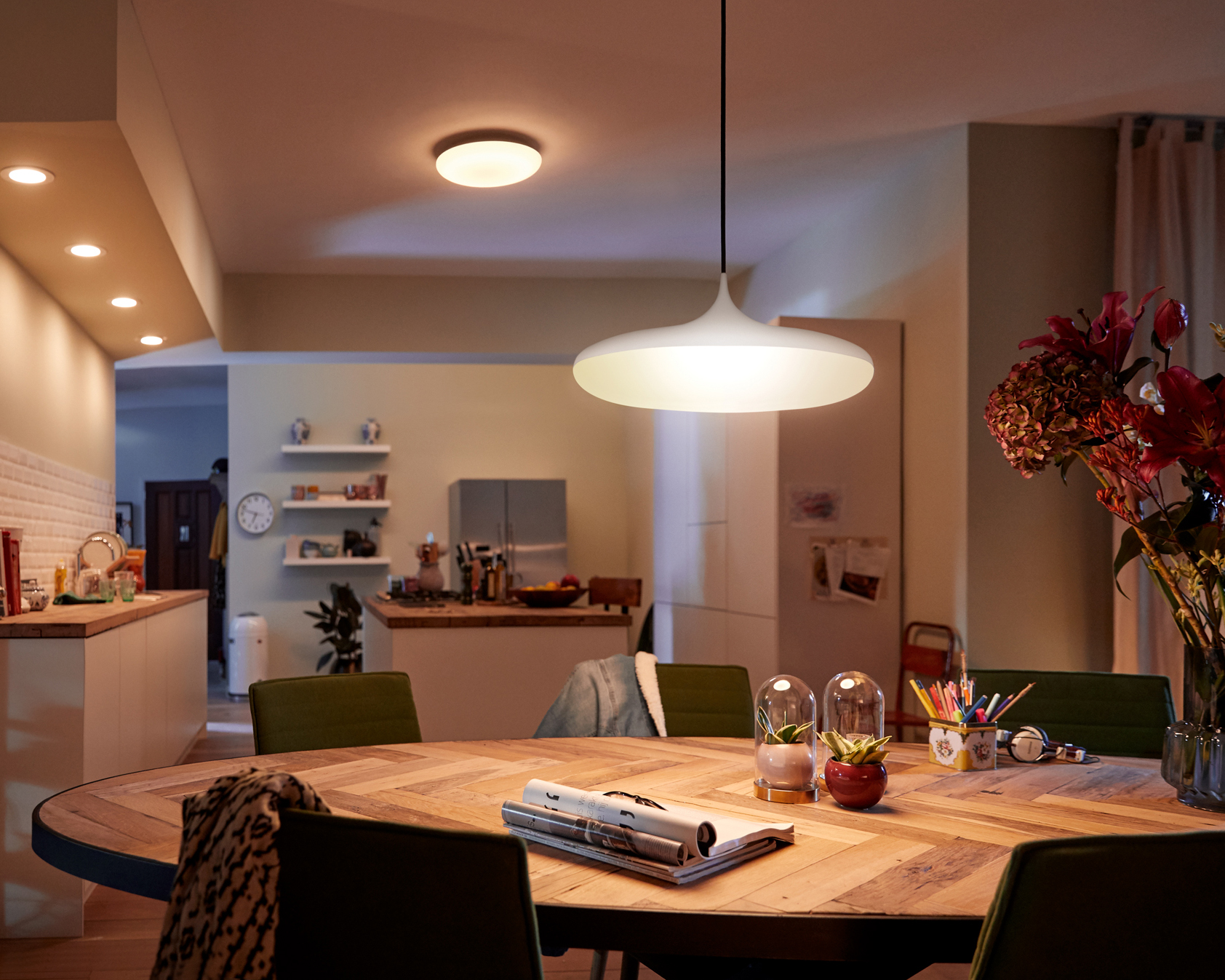 6 Resolutions to Make Your Smart Home Better in 2024 — This is How to Get More From Your Tech
6 Resolutions to Make Your Smart Home Better in 2024 — This is How to Get More From Your TechMake your smart home work better for you in the new year with these tips to get things firing on all cylinders
By Alan Martin Published
-
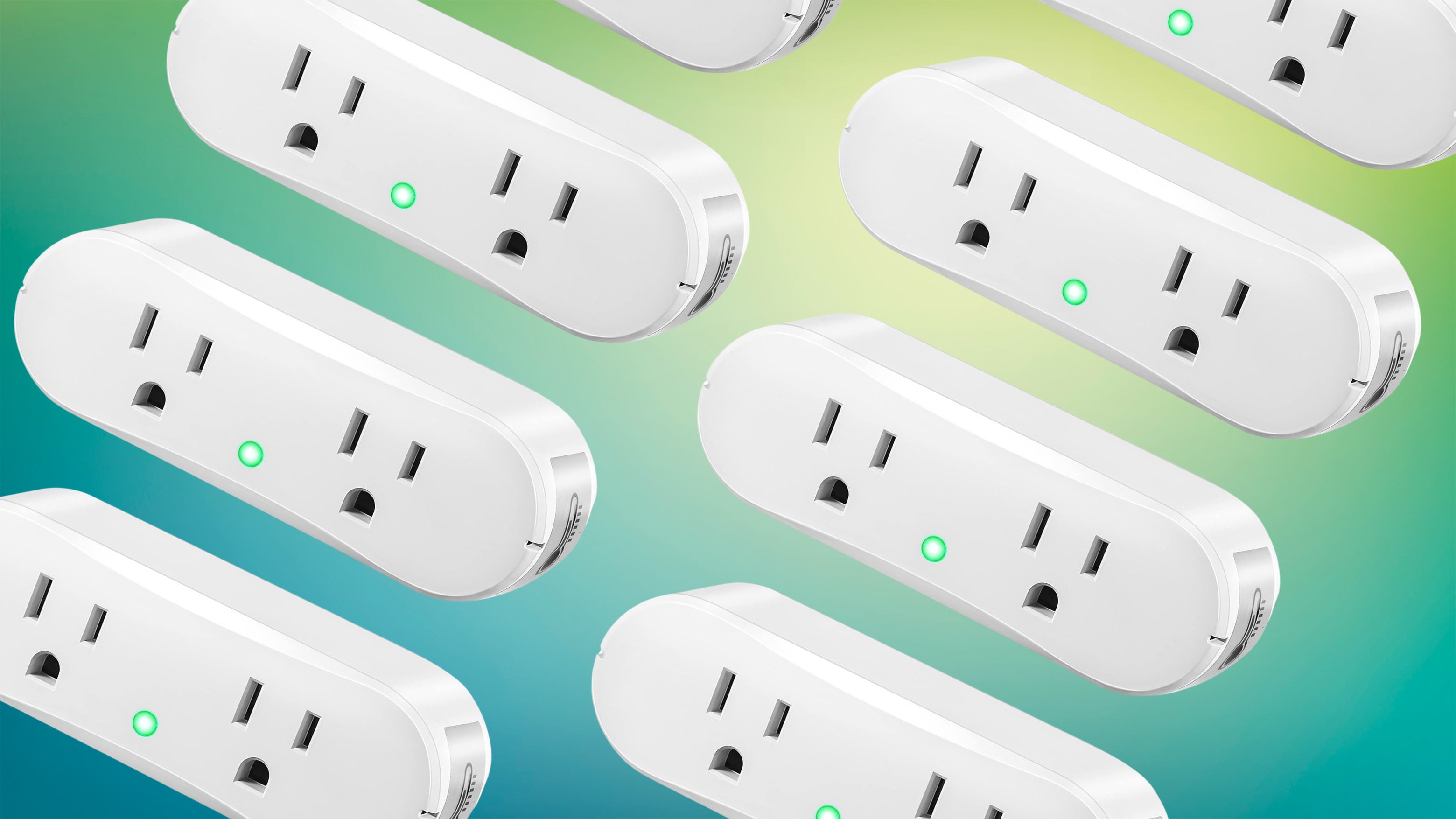 'Okay, That's Genius!' I've Just Discovered This 'Temperature-Controlled' Outlet That has so Many Clever Uses
'Okay, That's Genius!' I've Just Discovered This 'Temperature-Controlled' Outlet That has so Many Clever UsesWith a thermometer built in, these outlets can power devices when the temperature hits a certain point, making them ideal for many use cases
By Alan Martin Published
-
 In your smart TV spying on you? This is what data your TV collects and how can you make it more private
In your smart TV spying on you? This is what data your TV collects and how can you make it more privateInternet-connected smart TVs are designed to make your life easier, but that convenience comes with a price: personal data.
By Alan Martin Published
-
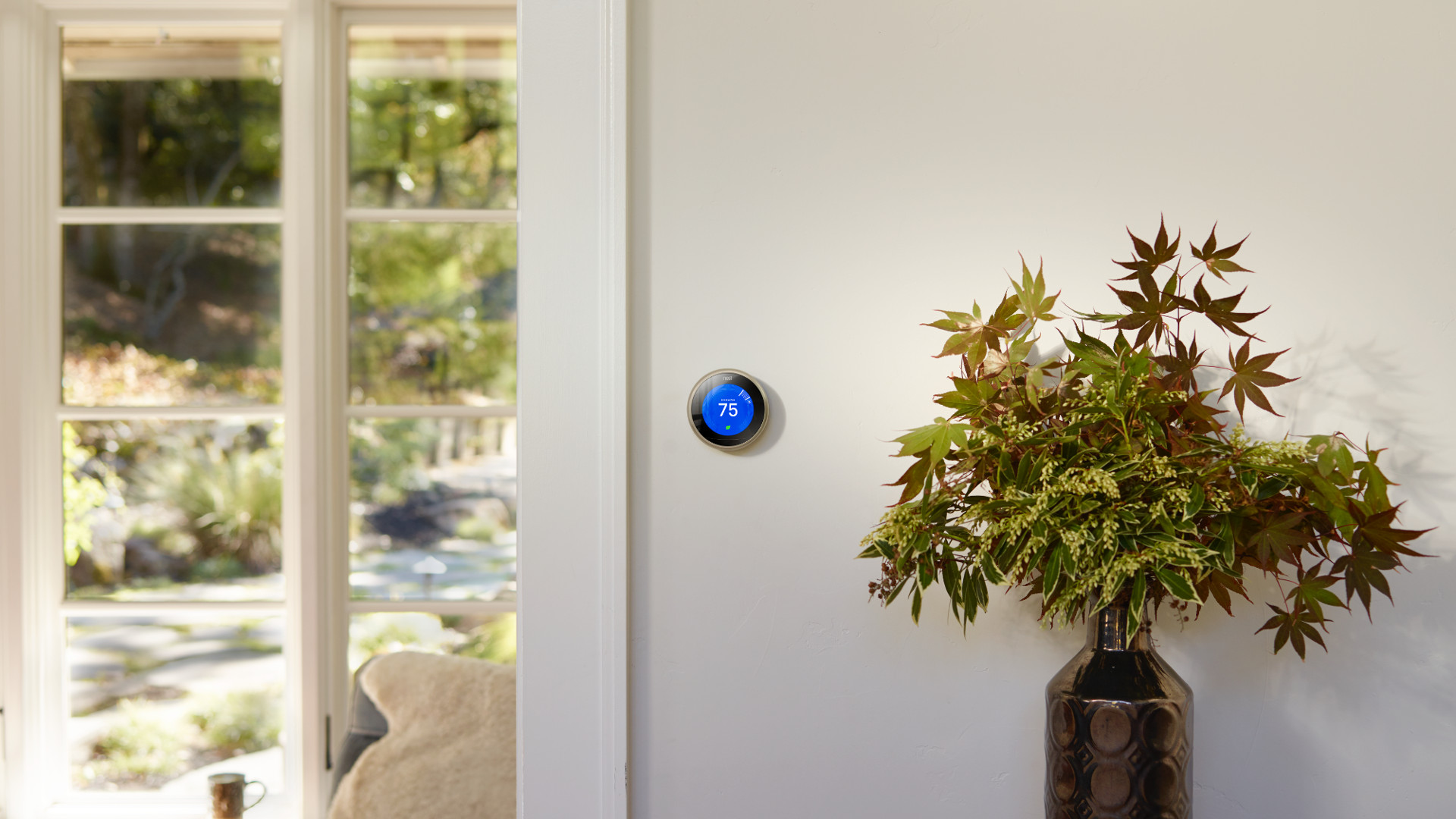 What is a smart heating system? Explained - the way to save money and the environment, from home
What is a smart heating system? Explained - the way to save money and the environment, from homeA smart heating system could change the way you heat your home to save you money and help nature at the same time.
By Luke Edwards Published